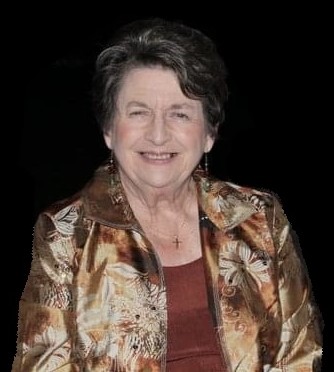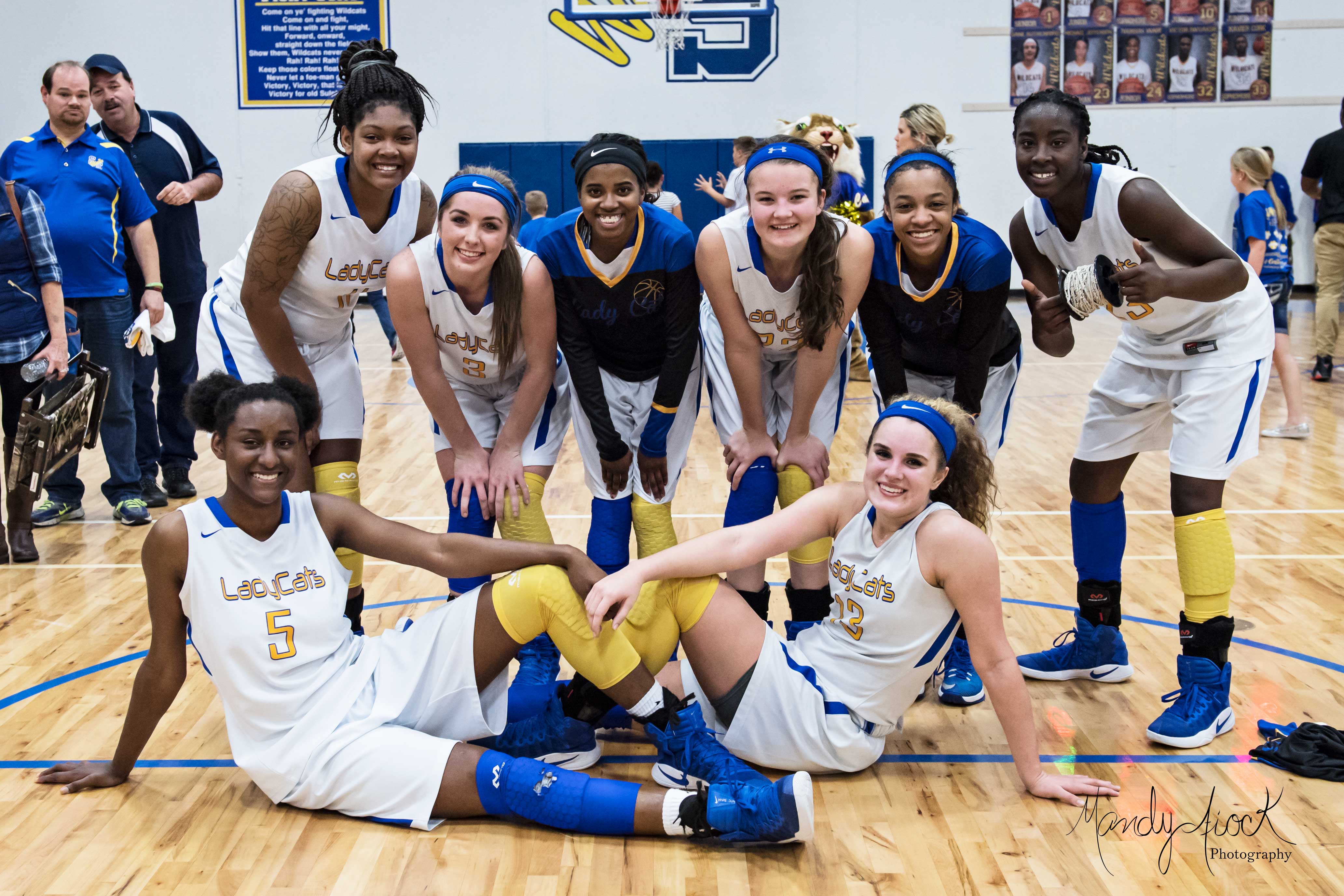PEEKING THROUGH THE CORNFIELD: GHOSTS OF BASEBALL’S PAST 3/11 WITH JORDAN MIESSE

[adning id=”33097″]
Eiji Sawamura was born in western Japan, in a city called Ise on February 1st, 1917. There he attended Kyoto Shogyo High School where the right-hander was his baseball team’s ace, with both an excellent heater and a tough curveball in his repertoire. While records are limited, his dominance can be seen during his high school championship qualifying rounds when he struck out 97 batters over 48 innings.
The baseball world in Japan came calling to Sawamura. He had intended on pitching at university, then the most prestigious level of baseball in the country but was persuaded by Matsutaro Shoriki to join his burgeoning professional league which was known as the Japanese Baseball League before it was reorganized and became the league we know today as the NPB. Before the new league had been established in earnest, however, a 17-year-old Sawamura would accomplish the feat that made him a baseball legend.
By the 1930s baseball was far-and-away the most popular sport in America, but AL president William Hardige was keen on expanding the popularity across the world. American League all-stars were sent across the Pacific to face off against the best players in Japan in what were known as barnstorming tours. In 1934, that roster included Hall of Famers Lou Gehrig, Babe Ruth, Charlie Gehringer, Lefty Gomez, and Jimmie Foxx. It also included Moe Berg, who would later become a spy for the Office of Strategic Services in World War II, but that’s another story.
On November 20, 1934 at Shizuoka Prefecture’s Kusanagi Stadium it was the young Sawamura’s time to shine. The Americans would go 18 – 0 on the tour, but they would not soon forget the name Eiji Sawamura. Over the course of five innings, he would strike out nine batters. He only gave up one run, a homer off Gehrig’s bat in the seventh, but took the loss that day. This incredibly impressive performance earned Sawamura an invitation from Connie Mack, who was managing the AL team, to join his Philadelphia Athletics. An invitation that Sawamura declined.
In 1936 Sawamura joined what are now known as the Yomiuri Giants. That year he pitched the first of his three no-hitters and between 1937 and 1943 he went 63 -22 and racked up 554 strikeouts with a 1.74 ERA. He had established himself as a true ace in his league.
Fate came calling for Sawamura in 1943 when he was drafted into the Japanese Imperial Army for the third time (he had served on previous deployments in the Second Sino-Japanese War and WWII) and called up to active duty. On December 2, 1944, Sawamura’s ship was sunk by the USS Sea Devil. He perished that day, at the age of 27.
Eiji Sawamura’s legacy in Japanese baseball is not forgotten, however. He was elected to the Japanese Baseball Hall of Fame in 1959, and, fittingly, the Japanese equivalent of the Cy Young award is named the Sawamura Award.
Contributed by Jordan Miesse

[adning id=”33207″]











